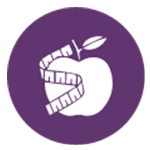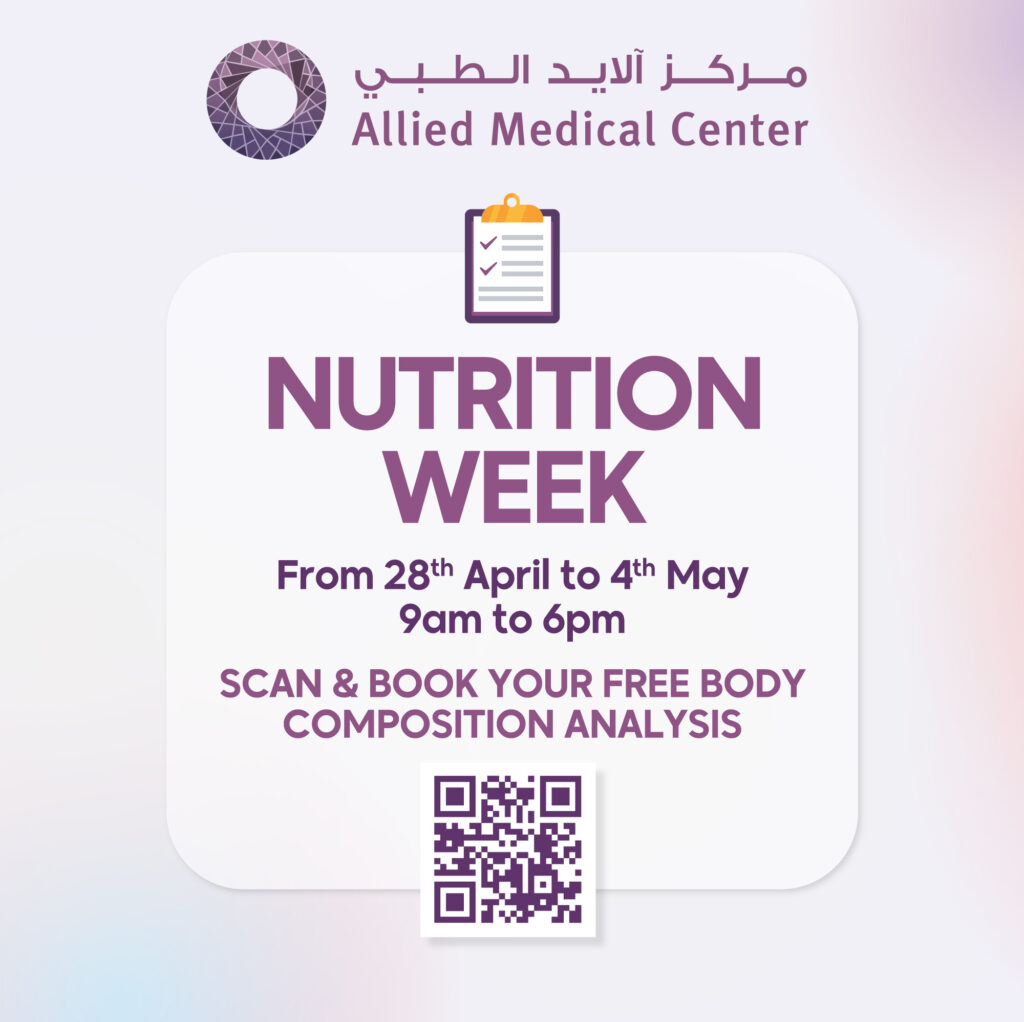The glycemic index (GI) is a ranking of carbohydrates on a scale from 0 to 100 according to the extent to which they raise blood sugar levels after eating. Food with a high GI are those which are rapidly digested and absorbed and result in marked fluctuations in blood sugar levels. Low-GI food, by virtue of their slow digestion and absorption, produce gradual rises in blood sugar and insulin levels, and have proven benefits for health. Low GI diets have been shown to improve both glucose and lipid levels in people with diabetes (type 1 and type 2).
Below are examples of food based on their GI.
Low GI Foods (55 or less):
- 100% stone-ground whole wheat or pumpernickel bread
- Oatmeal (rolled or steel-cut), oat bran, muesli
- Pasta, converted rice, barley, bulgar
- Sweet potato, corn, yam, lima/butter beans, peas, legumes and lentils
- Most fruits, non-starchy vegetables and carrots
Medium GI (56-69):
- Whole wheat, rye and pita bread
- Quick oats
- Brown, wild or basmati rice, couscous
High GI (70 or more):
- White bread or bagel
- Corn flakes, puffed rice, bran flakes, instant oatmeal
- Short grain white rice, rice pasta, macaroni and cheese
from mix - Russet potato, pumpkin
- Pretzels, rice cakes, popcorn, saltine crackers
- Melons and pineapple
WHY IS GI IMPORTANT?
Over the past 15 years, low-GI diets have been associated with decreased risk of cardiovascular disease, type 2 diabetes, metabolic syndrome, stroke, depression, chronic kidney disease, formation of gall stones, neural tube defects, formation of uterine fibroids, and cancers of the breast, colon, prostate, and pancreas. Taking advantage of these potential health benefits can be as simple as sticking with whole, natural food that are either low or very low in their GI value.
HOW TO USE YOUR GLYCEMIC INDEX
The glycemic index shouldn’t be the only thing you consider when making choices about what to eat. The fact that a food has a low glycemic index doesn’t mean it’s super-healthy, or that you should eat a lot of it. Calories, vitamins, and minerals are still important.
For example, potato chips have a lower glycemic index than oatmeal and about the same as green peas. But oatmeal and green peas have more nutrients.
Portion sizes matter, too. The more of whatever kind of carbs you eat, the more they’ll affect your blood sugar. That’s what the glycemic load tells you. It’s a number you may see along with the glycemic index in lists. Think of it as the glycemic index for a specific amount of that food.
Glycemic load helps you account for both the quantity and the quality of your carbs at the same time. Less than 10 is low; more than 20 is high.
For a diet with a lower glycemic load, eat:
-
- More whole grains, nuts, legumes, fruits, vegetables without starch, and other foods with a low glycemic index
- Fewer foods with a high glycemic index, like potatoes, white rice, and white bread
Less of sugary foods, including candy, cookies, cakes, and sweet drinks You can still eat foods with a high glycemic index. Just enjoy them in smaller portions, and offset them with nutritious, low-glycemic index foods when you do.







